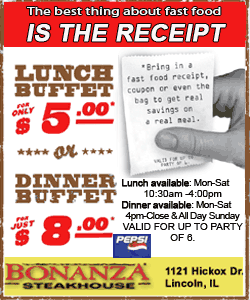 As an adult, he crisscrossed the Virginia countryside in search of wartime relics
- weapons, battle flags, even artillery shells buried in the red clay. He sometimes put on diving gear to feel for treasures hidden in the black muck of river bottoms.
As an adult, he crisscrossed the Virginia countryside in search of wartime relics
- weapons, battle flags, even artillery shells buried in the red clay. He sometimes put on diving gear to feel for treasures hidden in the black muck of river bottoms.
But in February, White's hobby cost him his life: A cannonball he was restoring exploded, killing him in his driveway.
More than 140 years after Lee surrendered to Grant, the cannonball was still powerful enough to send a chunk of shrapnel through the front porch of a house a quarter-mile from White's home in this leafy Richmond suburb.
White's death shook the close-knit fraternity of relic collectors and raised concerns about the dangers of other Civil War munitions that lie buried beneath old battlefields. Explosives experts said the fatal blast defied extraordinary odds.

"You can't drop these things on the ground and make them go off," said retired Col. John F. Biemeck, formerly of the Army Ordnance Corps.
White, 53, was one of thousands of hobbyists who comb former battlegrounds for artifacts using metal detectors, pickaxes, shovels and trowels.
"There just aren't many areas in the South in which battlefields aren't located. They're literally under your feet," said Harry Ridgeway, a former relic hunter who has amassed a vast collection. "It's just a huge thrill to pull even a mundane relic out of the ground."
After growing up in Petersburg, White went to college, served on his local police force, then worked for 25 years as a deliveryman for UPS. He retired in 1998 and devoted most of his time to relic hunting.
He was an avid reader, a Civil War raconteur and an amateur historian who watched History Channel programs over and over, to the mild annoyance of his wife.

"I used to laugh at him and say, 'Why do you watch this? You know how it turned out. It's not going to be any different,'" Brenda White said.
She didn't share her husband's devotion, but she was understanding of his interest.
"True relic hunters who have this passion, they don't live that way vicariously, like if you were a sports fanatic," she said. "Finding a treasure is their touchdown, even if it's two, three bullets."
Union and Confederate troops lobbed an estimated 1.5 million artillery shells and cannonballs at each other from 1861 to 1865. As many as one in five were duds.
Some of the weapons remain buried in the ground or river bottoms. In late March, a 44-pound, 8-inch mortar shell was uncovered at Petersburg National Battlefield, the site of an epic 292-day battle. The shell was taken to the city landfill and detonated.
Black powder provided the destructive force for cannonballs and artillery shells. The combination of sulfur, potassium nitrate and finely ground charcoal requires a high temperature
- 572 degrees Fahrenheit - and friction to ignite.
White estimated he had worked on about 1,600 shells for collectors and museums. On the day he died, he had 18 cannonballs lined up in his driveway to restore.